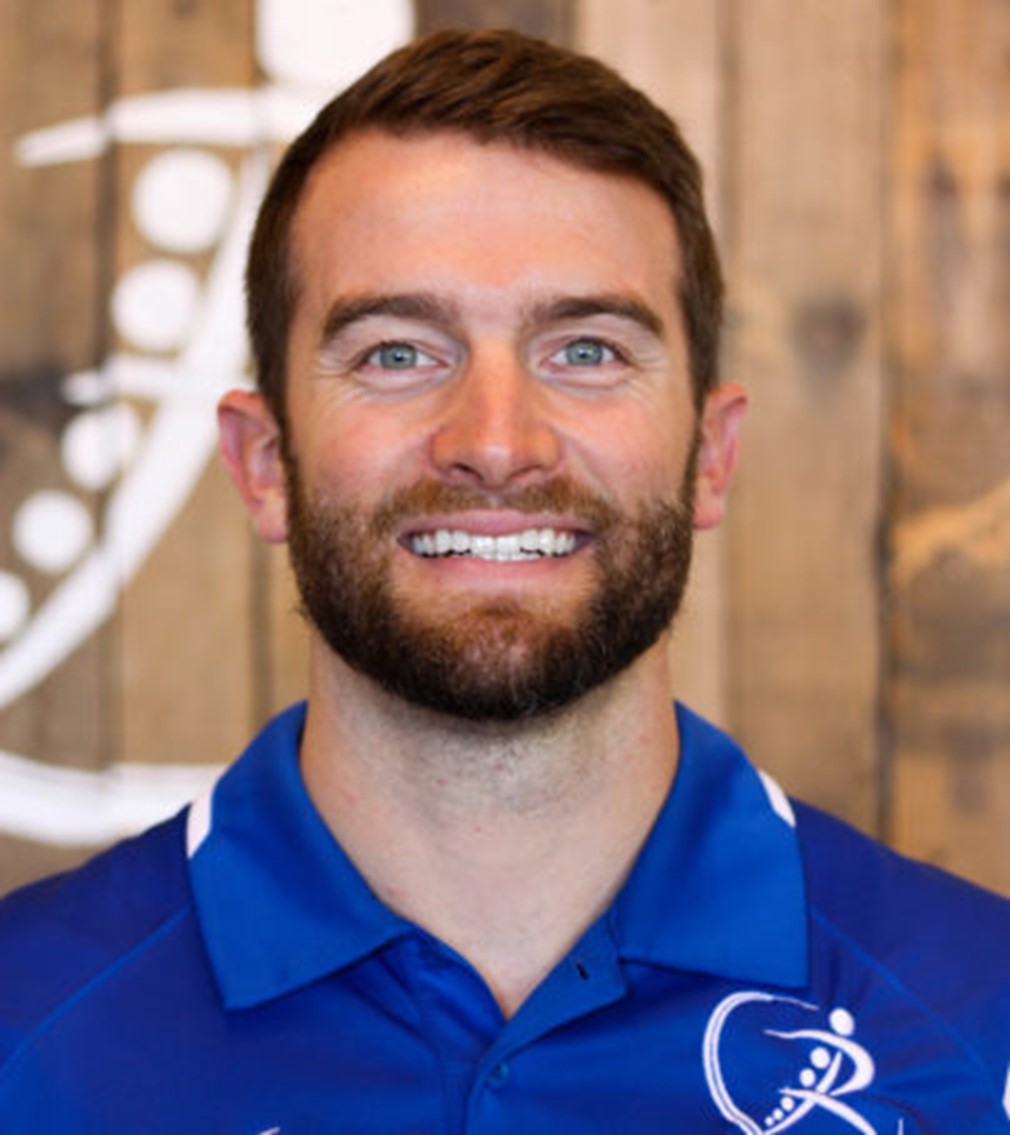In the last post, we discussed what comprises our ‘core’ and its primary functions, ending with how I thought it would be more beneficial for athletes, both competitive and recreational, to train anti-extension and anti-rotation. This is important for a few reasons. A properly functioning core allows the rest of our body to move in a wide variety of ways without having to rely on other muscles for stability. Having good core stability will also result in improved flexibility, improved athletic performance, and a decreased risk for injury.
Anti-extension doesn’t describe a particular exercise or muscle group, but a particular movement which is a bit of a shift in thinking for most people when it comes to any type of resistance training. We’re more conditioned to think: “today I’m going to do abs and biceps” (said almost everyone ever) or “today is leg day” (said almost no one ever). Well, today is “anti-extension/core day”, and I’m going to show a few variations of an anti-extension exercise we use in therapy sessions and personal training sessions called a Dead Bug.

To begin with we’ll describe the setup. The picture on the left accurately represents the setup, with our hands directly over our shoulders, knees bent to 90° and directly over our hips with our low back pressed flat against the floor. The picture on the right shows the most common errors which are being unable to keep your low back flat on the floor and losing the knee position. The knee position could be wrong if the knee position were either above or below the hips in this situation.
As a baseline, we want to be able to get to this position and hold it while we comfortably breathe in through our nose and out through our mouth. If you can hold this position and easily breathe 5-6 times, then we can probably progress this and add in some movement of our extremities. The progression can be either moving the arms, the legs or both depending on how well you can maintain having your lumbar spine in a neutral position. This is the most important part. If you can’t maintain a flat lower back, then a progression is too difficult at this point in time.
The next several variations are ranked in order of how we would prescribe them.
Dead Bug with Band Pull Down (Knee Bent)

In therapy, we use ’Pattern Assistance’ as a means to improve core stability through some external load or cue. Pulling down on a band gives you increased ability to maintain the position of your low back while you move your legs. Breathe out while move to tap your heel. The more you pull down on the band, the more assistance you are adding.

Dead Bug with Band Pull Down (Leg Straight)
Same exact setup as the one before, but the physics of reaching your foot further away from your body make it more challenging to avoid arching your low back.

Dead Bug with Bent Knee
Here we have taken away the assistance provided by the band and have to control this movement on our own. Keeping low back pressed into the floor and breathing out as we move our leg down to tap our heel.

Dead Bug with Legs Straight
Again, we’re progressing on what we did before with a bent knee. You don’t have to reach your leg out to the point that it is completely straight right away, just as far as you can reach without your low back arching up off of the ground.

Here is the full version of a Dead Bug with the opposite upper and lower extremities moving simultaneously as we breathe out. Notice how it’s still important to maintain the position of the non-moving leg, keeping the knee directly over the hip, because it’s common for people to subconsciously bring their hip closer to their chest here for increased control of their low back.
Give these different variations a try and see what you’re capable of! I think you’ll be surprised at how challenging some of the variations are once you begin to move your arms or legs. If you can progress through these without much difficulty, then we know you’re ready to move to a plank. A typical set and rep scheme for these movements would be 3-5 reps each side and 2-4 sets. And as always, remember to breathe!

